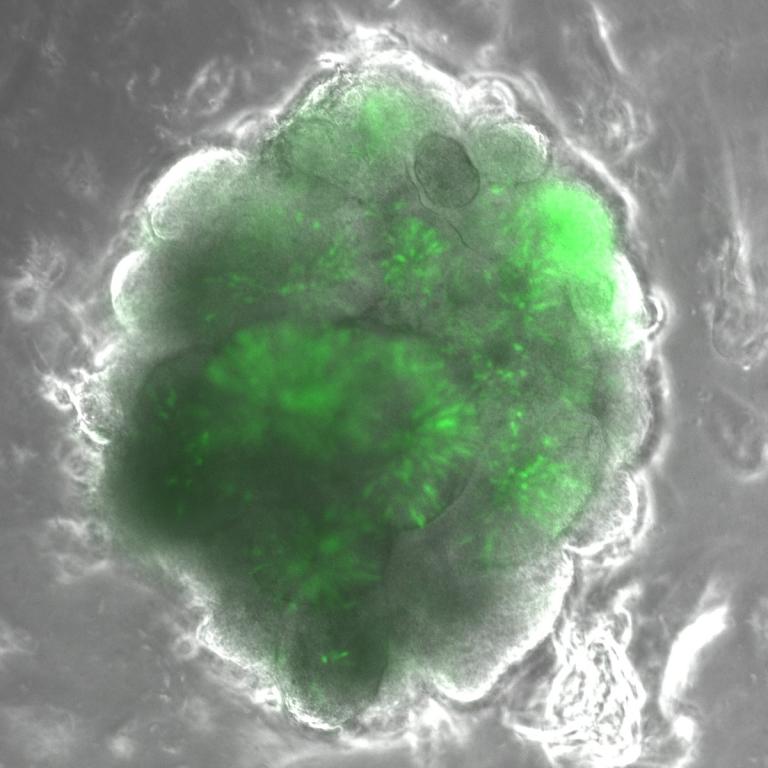The SPATA5 complex and neurodevelopment
In humans, mutations in ribosomal protein and ribosome biogenesis genes result in a group of diseases collectively known as ribosomopathies. These include Diamond-Blackfan anemia (DBA), X-linked dyskeratosis and Treacher Collins syndrome. Despite affecting a common process needed in all cells, these diseases often manifest with surprisingly tissue-specific phenotypes. For example, DBA is most often associated with bone marrow failure, short stature and craniofacial defects, Treacher Collins with craniofacial abnormalities and X-linked dyskeratosis with cytopenia, nail dystrophy and skin hyperpigmentation.
Disruption of specific steps of ribosome biogenesis can also result in microcephaly, seizures, and hearing loss. Previous studies have linked allelic variants in the gene encoding the AAA ATPase SPATA5 to neurodevelopmental phenotypes. SPATA5 is distantly related to the yeast protein DRG1. Recent work from our lab shows that SPATA5 interacts with SPATA5L1, cyclin dependent kinase 2 interacting protein (CINP) and C1orf109. Disruption of any of these proteins results in pre-60S maturation defects. We have been using human brain organoids to model how disruption of the SPATA5 complex results in neurodevelopmental defects in human patients. Further work will be needed to test the extent to which all the identified allelic variants in SPATA5, SPATA5L1, CINP and C1orf109 impact protein synthesis in specific cells within the developing nervous system.
 Human cerebral organoid formed from mixing unmarked and GFP marked cells
Human cerebral organoid formed from mixing unmarked and GFP marked cells